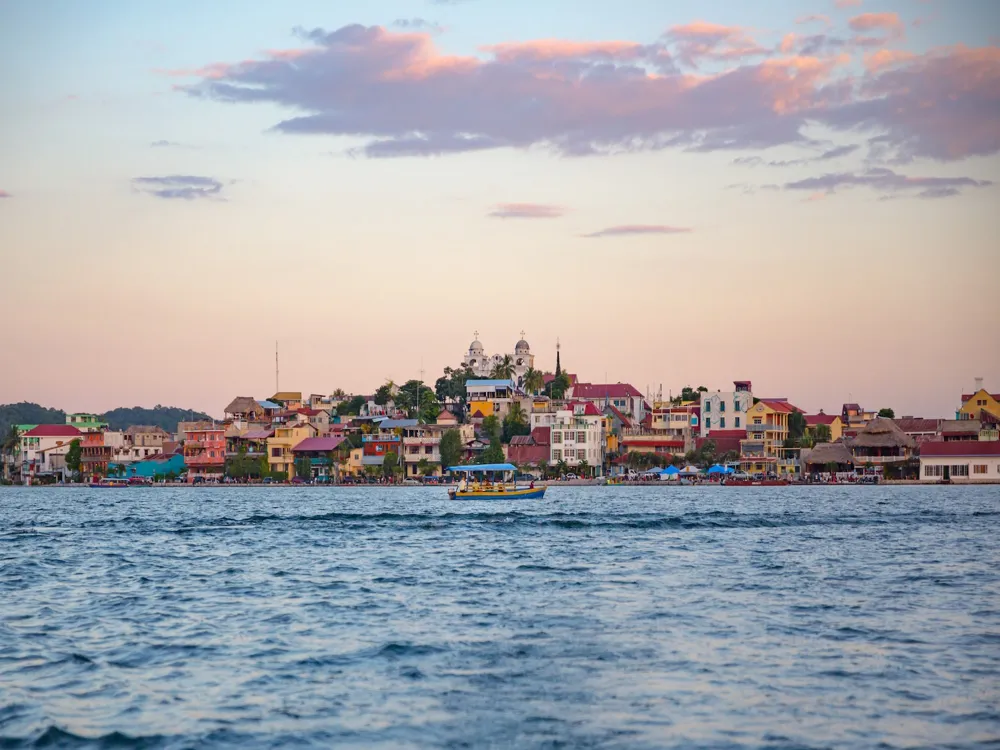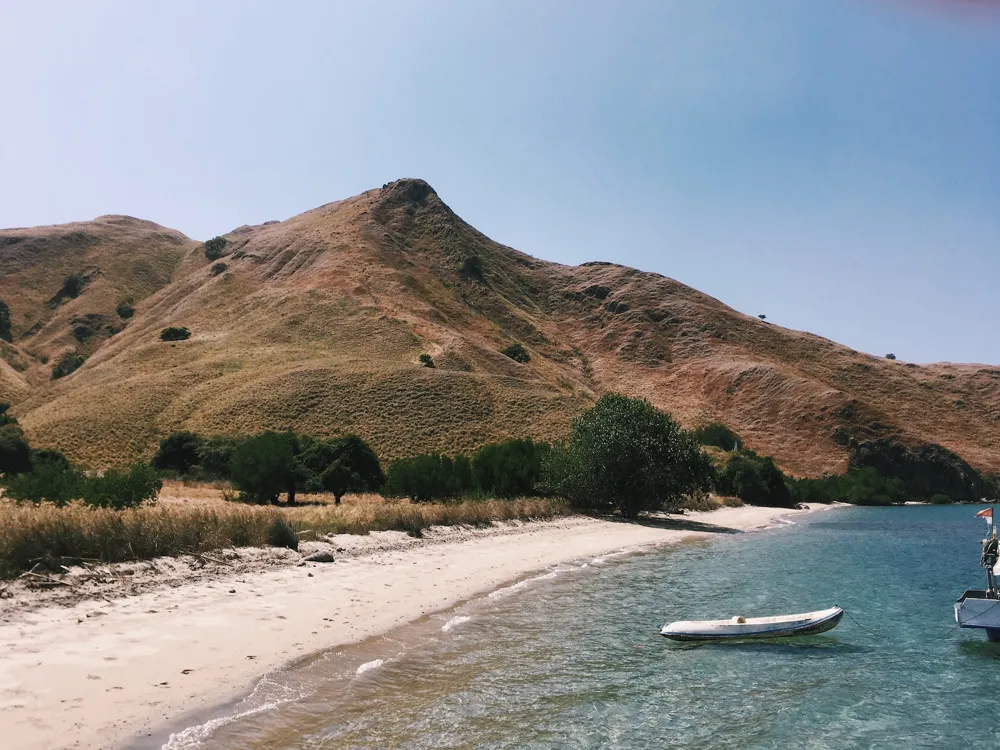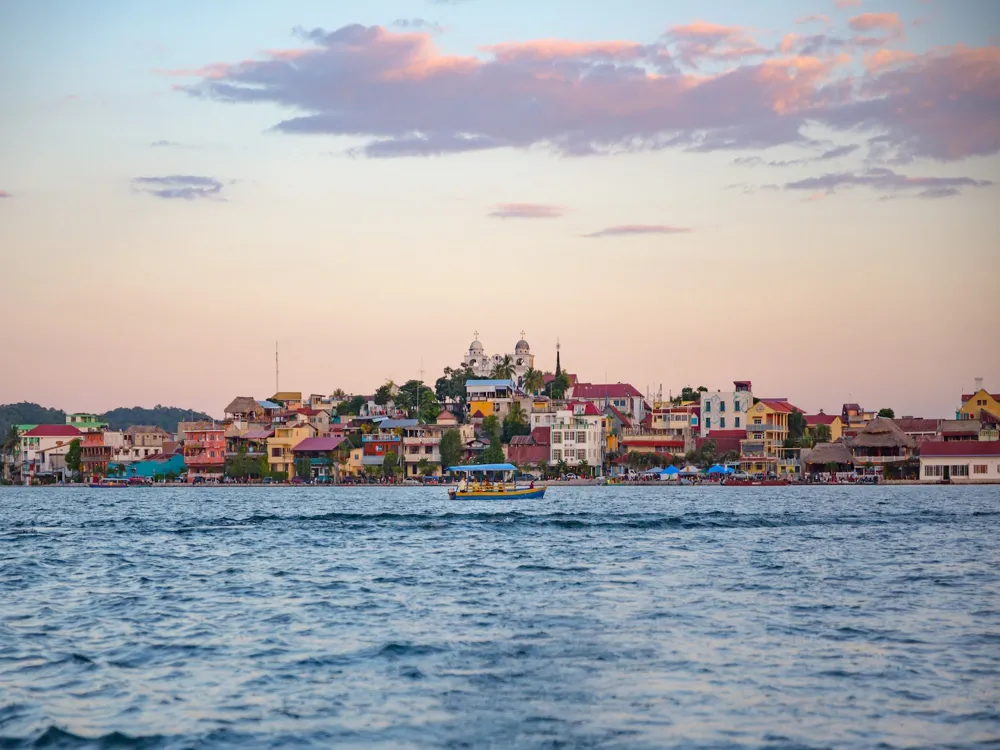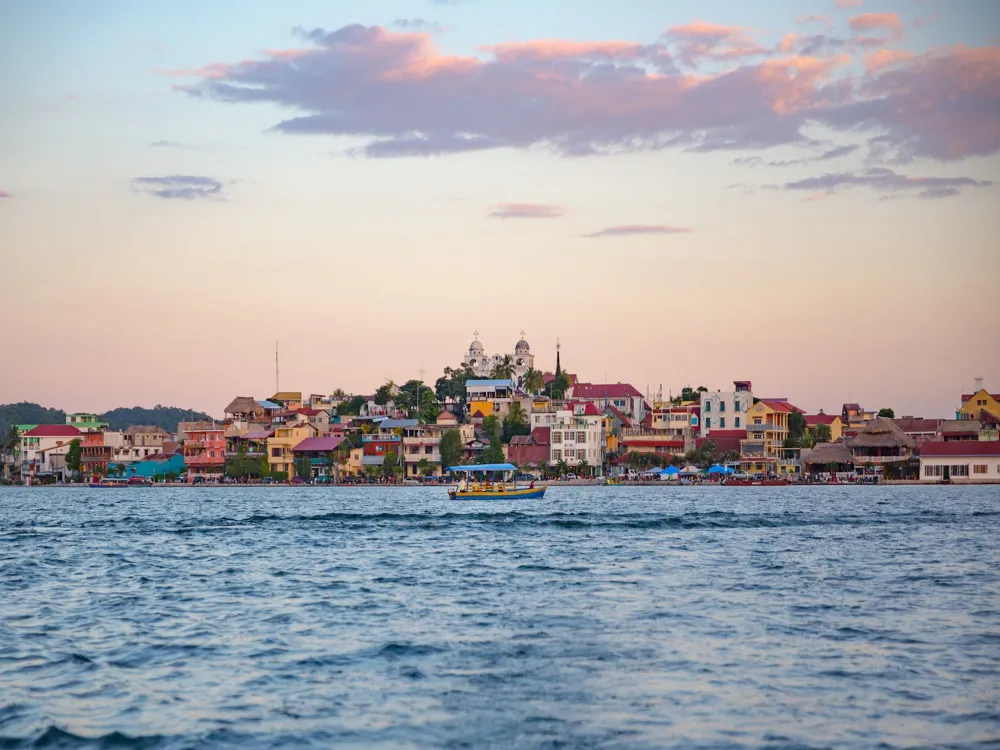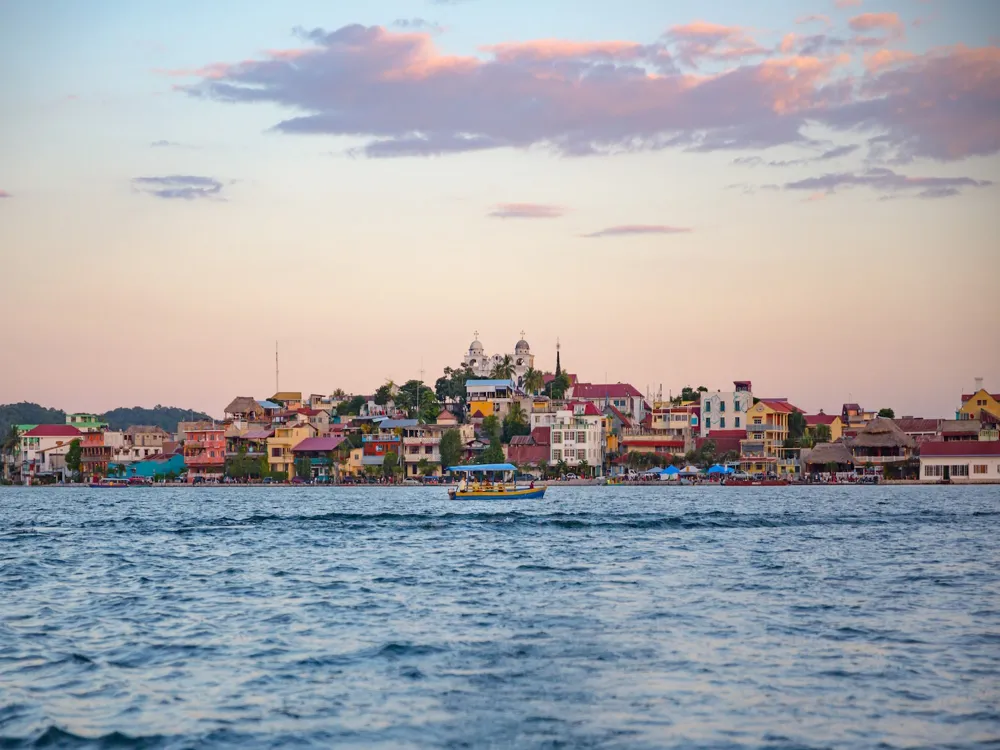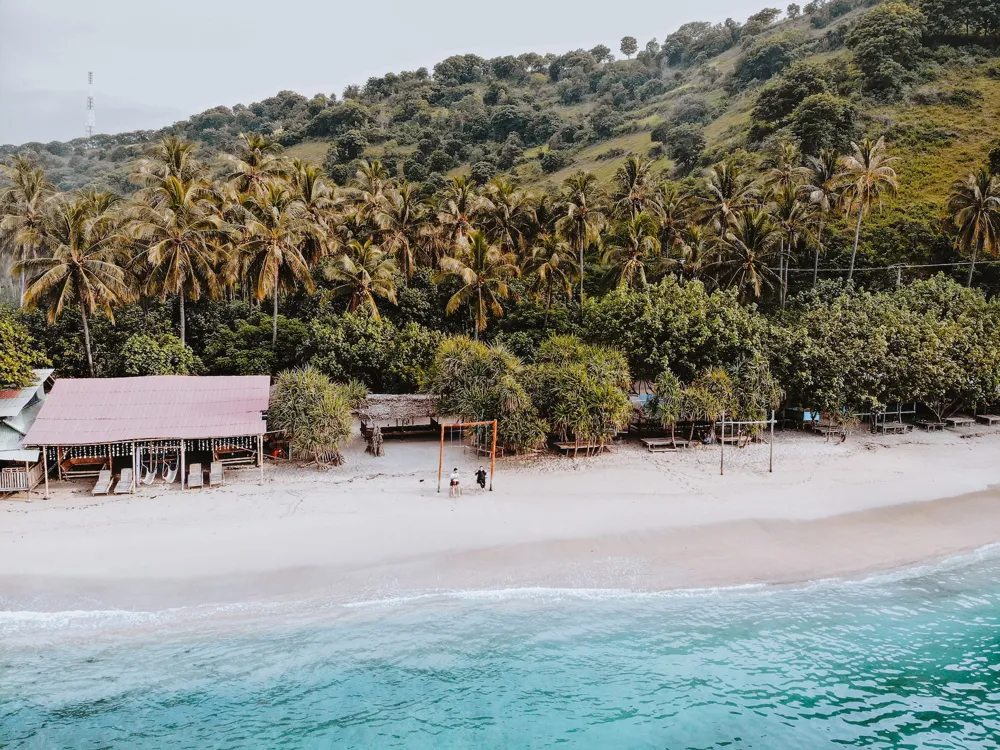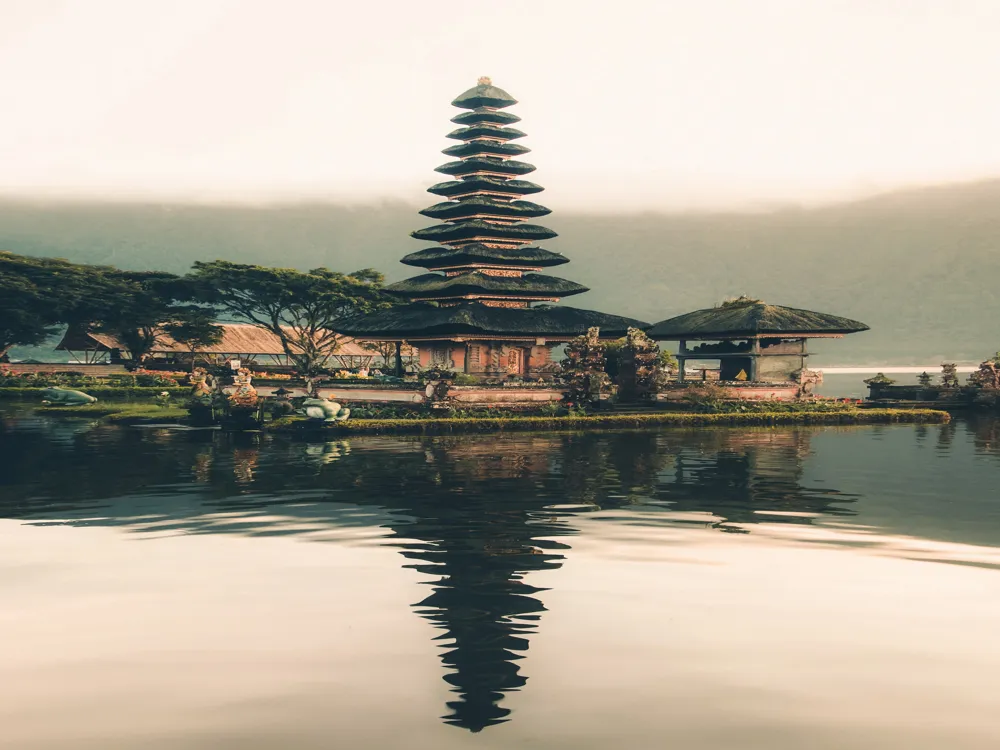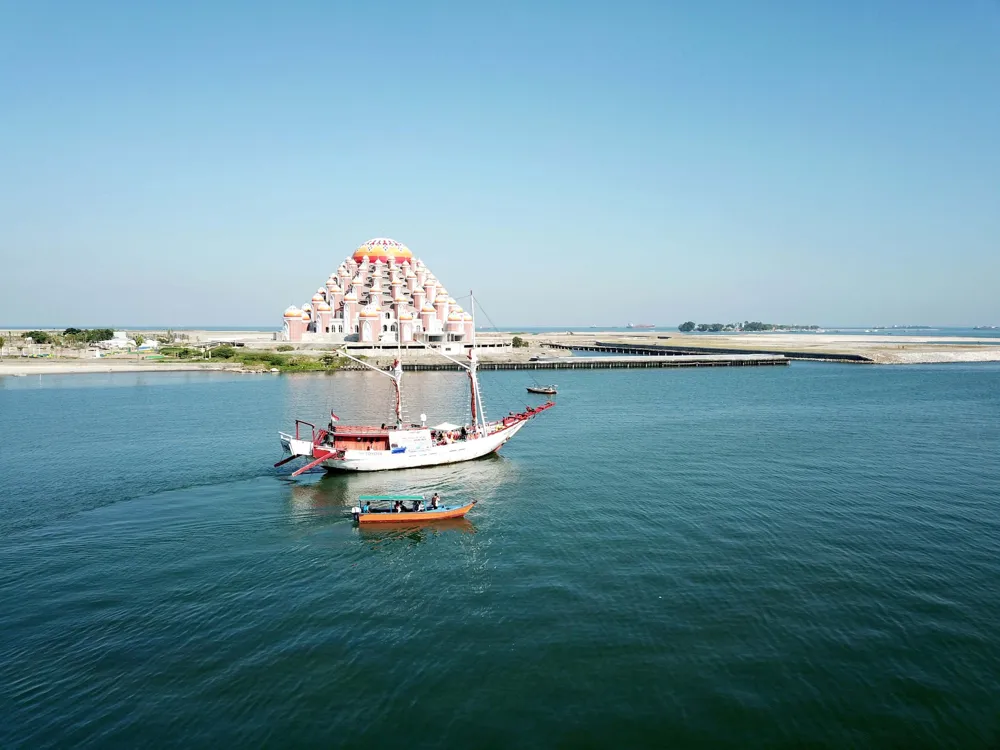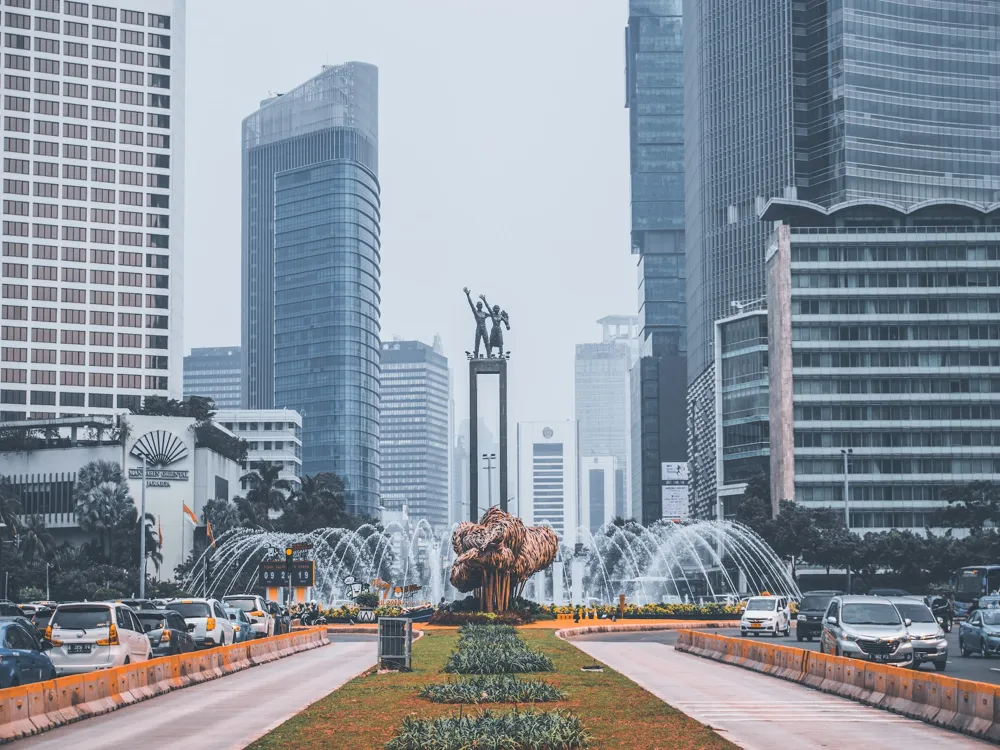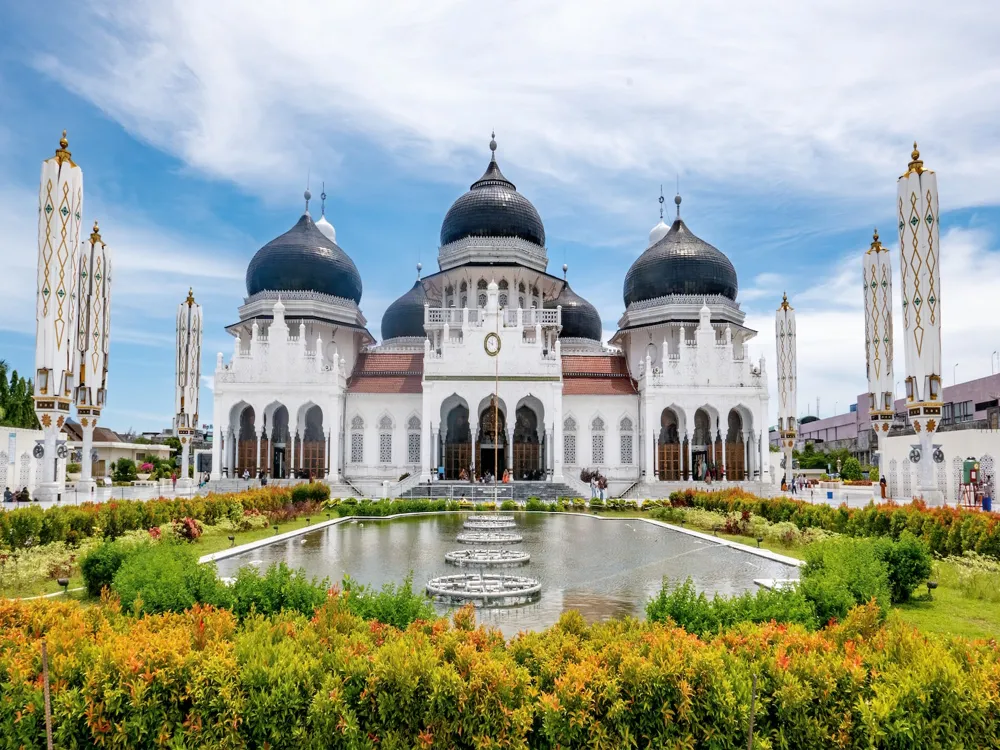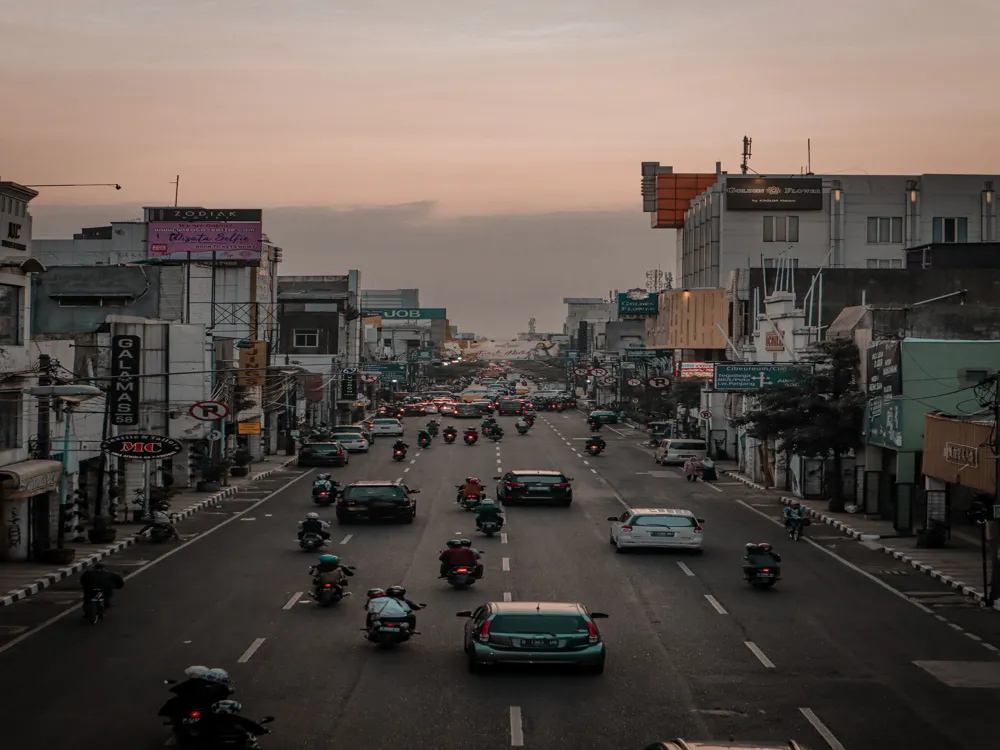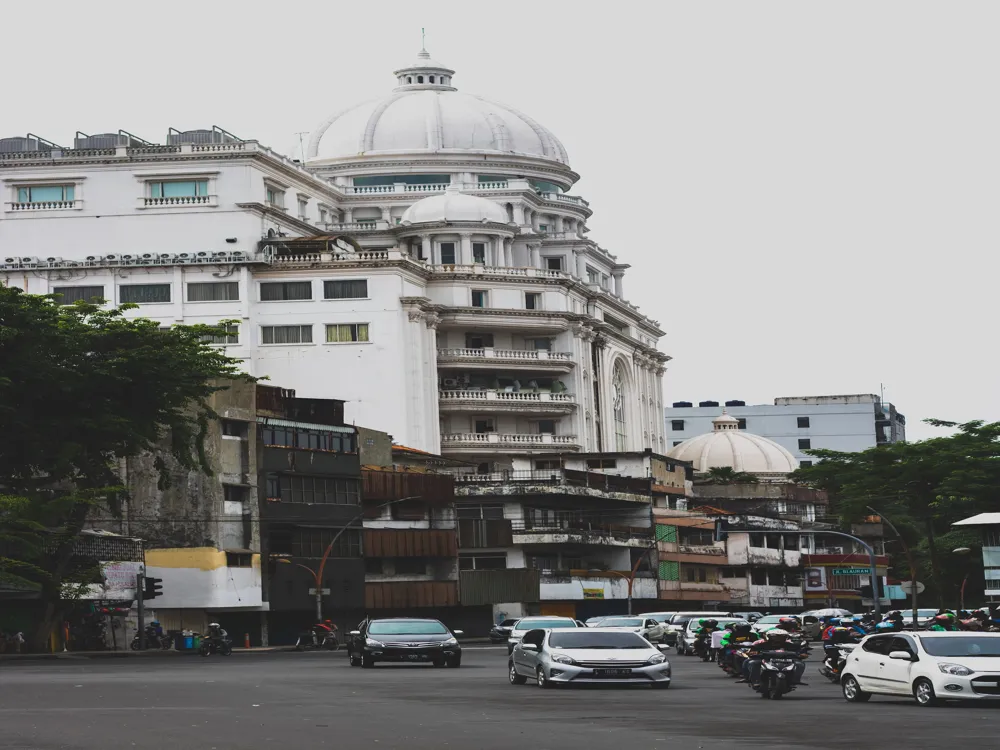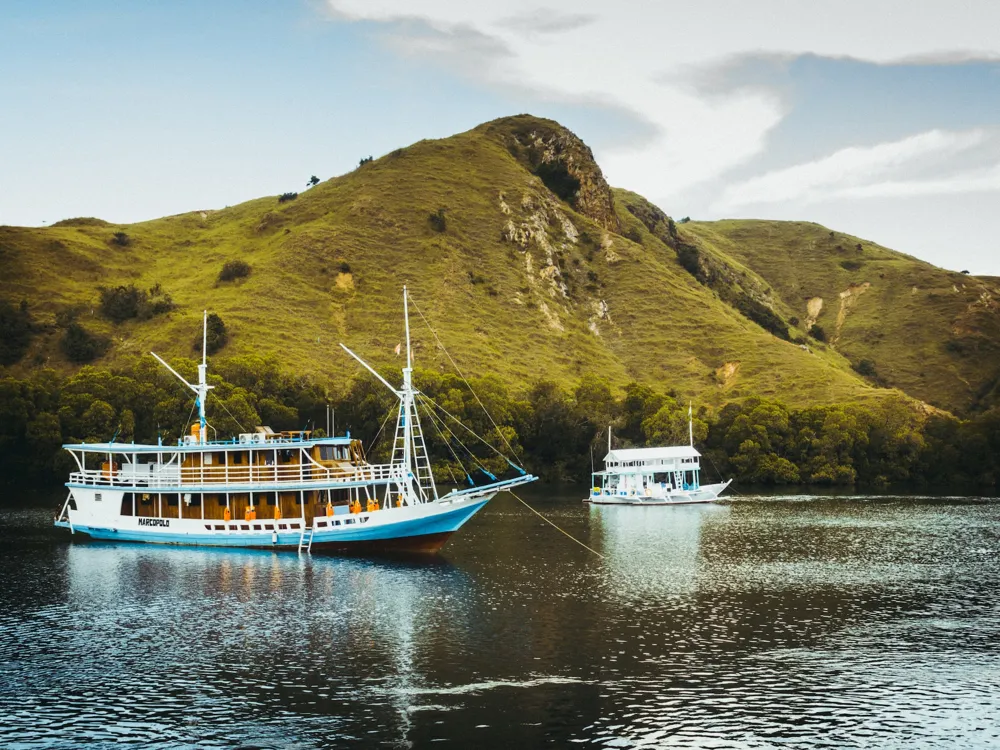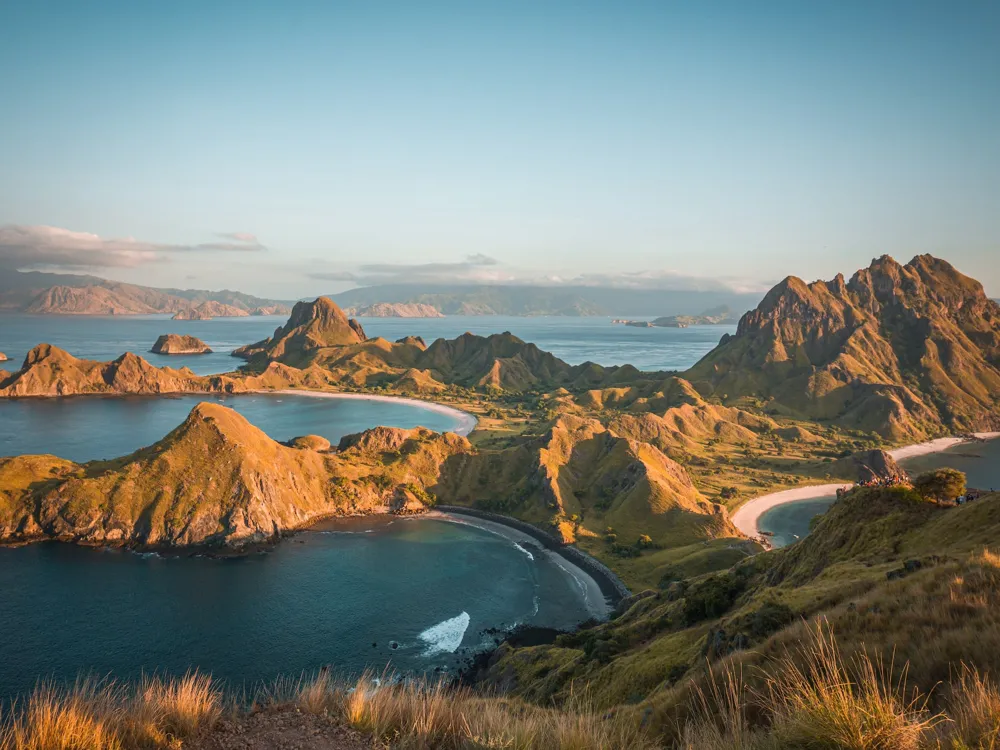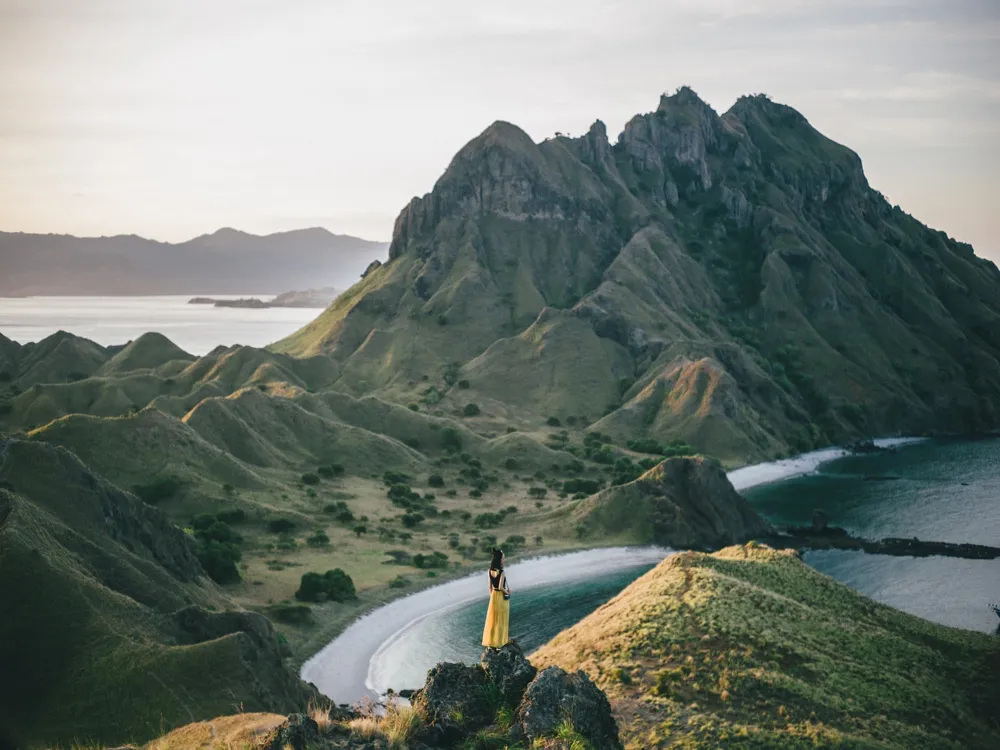Moni, a picturesque village nestled in the heart of Flores, Indonesia, is a hidden gem waiting to be explored. With its breathtaking landscapes, rich cultural heritage, and welcoming community, Moni offers a unique blend of natural beauty and traditional lifestyle. This comprehensive overview will take you on a journey through Moni's enchanting environment, highlighting its geological wonders, diverse flora and fauna, and the vibrant local culture that makes this destination so special.
Moni's landscape is dominated by the majestic Kelimutu volcano, known for its tri-colored crater lakes, each displaying a different hue due to mineral-rich waters and volcanic gases. These lakes are not only a geological marvel but also hold significant cultural importance to the local Lio people. The surrounding area boasts lush rainforests, home to a plethora of exotic wildlife, and numerous waterfalls cascading down the verdant hillsides, creating a serene and mystical ambiance.
The natural environment around Moni is a haven for biodiversity. The rainforests are teeming with endemic species, including rare birds like the Flores Hawk-Eagle and the Flores Hanging Parrot. The dense vegetation is a tapestry of tropical plants, orchids, and ancient ferns, offering a kaleidoscope of green hues and floral scents that enchant visitors as they explore the trails.
Moni's cultural landscape is as rich as its natural one. The village is a mosaic of traditional houses with thatched roofs, woven bamboo walls, and unique Lio motifs. The community holds strong to its ancestral traditions, evident in their daily life, ceremonies, and exquisite Ikat weaving. The local market is a hub of activity, showcasing handcrafted goods, organic produce, and a glimpse into the locals' way of life.
The architecture in Moni is a reflection of its cultural and environmental context. Traditional Lio houses, known as 'sa'o', are the cornerstone of Moni's architectural heritage. These structures are not just dwellings but symbols of the community's harmony with nature and their ancestral beliefs. This section delves into the architectural nuances of Moni, exploring the design, materials, and cultural significance of its buildings.
The sa'o houses of Moni are architectural masterpieces, designed to withstand the tropical climate while adhering to cultural norms. Built on stilts, these houses feature high-pitched thatched roofs, which provide ventilation and protection from the heavy rains. The interiors are divided into distinct areas for living, cooking, and ceremonial purposes, each area reflecting the social structure and spiritual beliefs of the Lio people.
Local materials like bamboo, wood, and alang-alang grass are predominantly used in constructing Moni's traditional houses. These materials are not only sustainable but also hold cultural significance. The construction process is a communal activity, involving intricate techniques passed down through generations, showcasing the community's unity and craftsmanship.
Every aspect of a sa'o house, from its orientation to the motifs adorned on its walls, has cultural and spiritual meaning. The houses are aligned according to the ancestral beliefs in cosmic harmony, and the motifs represent local myths, nature, and the cycle of life. These architectural elements are a testament to Moni's deep-rooted cultural identity and respect for the natural world.
The ideal time to visit Moni is during the dry season, from April to September, when the weather is more conducive to outdoor activities and the roads are more accessible.
Respect the local customs and traditions. Dress modestly, especially when visiting sacred sites, and always ask for permission before taking photographs of the locals or their property.
Moni offers a range of accommodation options, from homestays to eco-lodges. Try local cuisine at small eateries to experience authentic flavors and support local businesses.
Ensure you have adequate travel insurance, take precautions against mosquitoes, and stay hydrated. Be cautious when hiking in remote areas and always inform someone of your plans.
Moni is accessible by various means of transportation, depending on your starting point and budget. The most common routes include flying into Ende or Maumere and then taking a bus or renting a car to reach Moni. Detailed information on each mode of transport, along with tips for a smooth journey, will be provided in this section.
The nearest airports to Moni are Ende and Maumere. Both airports have regular flights from major Indonesian cities. From the airport, you can hire a taxi or take a local bus to reach Moni, which takes about 2 to 3 hours.
Buses and shared taxis are available from Ende and Maumere to Moni. The journey offers scenic views of Flores’ landscapes, but be prepared for winding roads and varying road conditions.
Renting a car gives you the flexibility to explore at your own pace. Ensure you’re comfortable with driving on mountainous terrain and always carry a map or GPS device for navigation.
Overview of Moni, Flores
Geological Wonders of Moni
The Flora and Fauna of Moni
Cultural Heritage of Moni
Architecture of Moni
Design and Structure of Traditional Lio Houses
Materials and Construction Techniques
Cultural Significance of Moni's Architecture
Tips When Visiting Moni
Best Time to Visit
Local Etiquette and Customs
Accommodation and Dining
Health and Safety
How To Reach Moni
By Air
By Road
Car Rental and Driving
Moni
Flores
NaN onwards
View flores Packages
Flores Travel Packages
View All Packages For Flores
Top Hotel Collections for Flores

Private Pool

Luxury Hotels

5-Star Hotels

Pet Friendly
Top Hotels Near Flores
Other Top Ranking Places In Flores
View All Places To Visit In flores
View flores Packages
Flores Travel Packages
View All Packages For Flores
Top Hotel Collections for Flores

Private Pool

Luxury Hotels

5-Star Hotels

Pet Friendly








